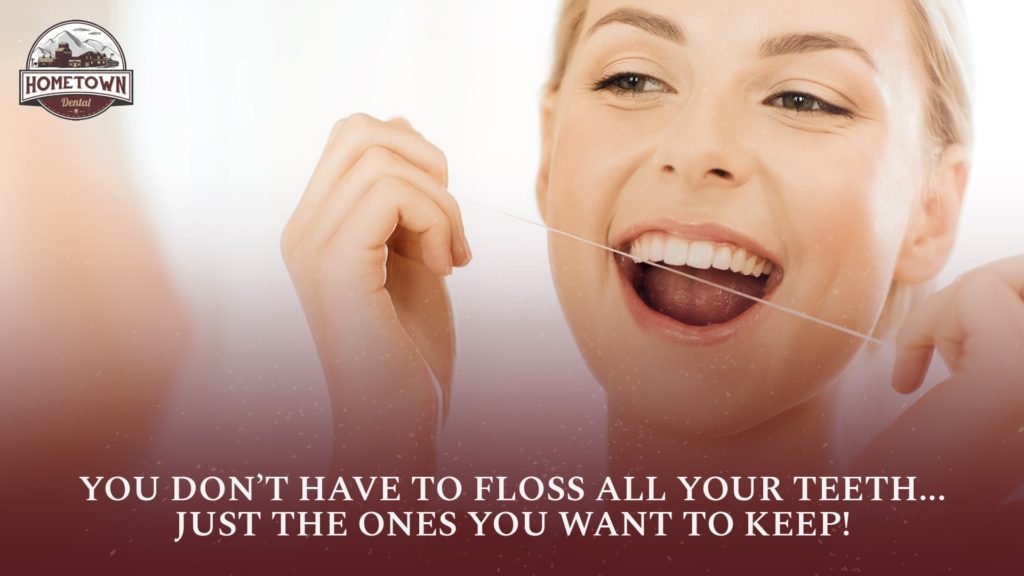Have you ever had a toothache?
If you have, you probably don’t want to have another one.
If you haven’t, you really don’t ever want one! In that case, let’s talk about oral health, more specifically hygiene and prevention.

YOUR DIET AND YOUR TEETH
Let’s start with diet. Yup, you read that right! Diet is a huge factor in oral health.
Sugar is ingested by oral bacteria (found in plaque) and the by-product released is an acid that damages the enamel on our teeth. Cavities are the result of this damage to the enamel and, if left untreated, it can grow through the enamel and dentin layers to reach the inner pulp (nerve and blood vessels) which will lead to toothache.
So, keep the sugar to a minimum and keep an eye out for it because it can often be hidden in different foods. Energy drinks, juice, acidic fruit, and carbohydrate-rich foods like crackers and bread for example. Instead, consider food like cheeses, nuts, vegetables, and non-acidic fruits as these are healthier for your mouth.
Another tip is to choose water for your beverage of choice. It aids in rinsing the damaging plaque and sugar from your mouth and does not have any hidden ingredients that are damaging to your mouth.

ORAL HYGIENE TIPS
Oral hygiene is the next important area to focus on.
Ideally, you should brush for two minutes, 20-30 minutes after every meal, but I know that is not easy so let’s settle for twice a day.
Number one in importance is before bed because we produce less saliva in our sleep; saliva helps protect teeth from cavities as well as gum inflammation (gingivitis/periodontitis) by rinsing food and plaque from our teeth. It is also good to freshen the teeth up after breakfast in the morning. One quote that comes to mind is “Brush at night to keep your teeth, brush in the morning to keep your friends”.
Electric toothbrushes are a great innovation because they are very effective at removing plaque and they often have built-in timers for two minutes to make sure you brush long enough.
You may have found yourself tired and asking “Should I floss all my teeth?” The toothbrush cannot clean in between the teeth so that is where the floss comes in. It is important to remove the plaque from between all the teeth to keep the teeth and gums healthy. There are also adjunctive products that can be used like mouthwash, tongue scrapers, proxy brushes, water flossers, air flossers etc.
All of these products have their own specific benefits, but they do not replace brushing and flossing. If plaque is not removed from the teeth by brushing and flossing, the minerals in saliva will cause it to harden and become calculus or tartar. Tartar is firm and hard to remove from the tooth – this needs to be done by a registered dental hygienist. If it is left on the teeth for a prolonged time, it will lead first to gingivitis (gum inflammation), and then to periodontitis (gum disease) – more on this later.

TOBACCO AND ALCOHOL USE
Next, we should talk about tobacco and alcohol as these can have an effect on our mouths as well. Alcohol, in excess, can damage gum tissue, cause dry mouth, and if it is one of the acidic types (like wine), it can erode the enamel of the teeth. Also, many of the mixes that are used for cocktails have a high sugar content and could lead to cavities.
Many people know that tobacco has many detrimental health effects but there are many oral health effects as well. It is one of the main contributors to stained teeth, gum disease (periodontitis), and even oral cancer. The tar and nicotine in tobacco can make teeth look yellow in a short amount of time and after many years of tobacco use, teeth can even look brown. Smoking contributes to gum disease because there is often more bacterial plaque present that inflames the gums. Also, a lack of oxygen in the bloodstream decreases the healing ability of the gums. Periodontitis or gum disease eventually leads to bone loss, then tooth mobility, and finally tooth loss. It is the most common cause of tooth loss in adults.
In addition, it is widely known that tobacco contains carcinogens and can cause throat and lung cancer. However, it is less known that it can lead to oral cancer which kills thousands every year. Oral cancer can present as lesions that don’t heal, red or white patches, lumps or thickening of the tissues and even numbness.
VISIT YOUR DENTIST (COME SEE US!)
Do not wait until you have a toothache to come visit us! Toothaches are generally preventable with regular visits and there may be other issues like cavities, gingivitis or periodontitis that can be diagnosed and treated before things get worse.
Our goal as oral health professionals is to educate patients and help prevent and treat disease. We would love to help you today





